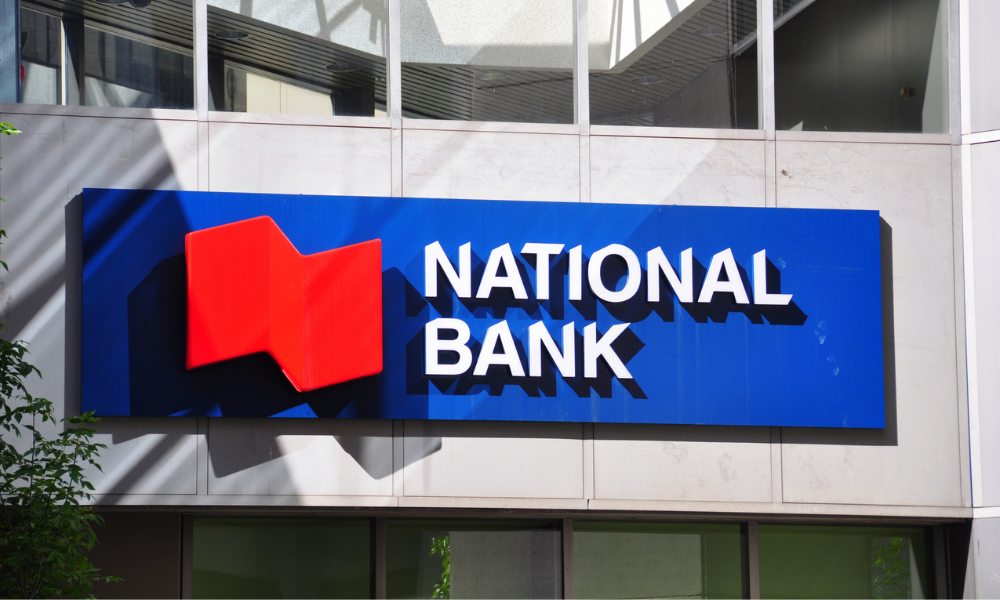Many Canadians likely to continue with their current financial institution, however

Due to high interest rates, Canada's big six banks are raising the rates they charge for loans, but analysts claim they are not doing the same for savings account rates.
In March 2022, the Bank of Canada started initiating a series of interest rate increases, with the goal of controlling inflation. Since then, the rate has increased from a record low of 0.25% to 4.5% today (the central will announce its latest decision tomorrow), which is the highest level since 2007. It seems reasonable that banks have been ready to raise interest rates for mortgages and loans given the rising cost of borrowing money.
"When the Bank of Canada increases its policy rate, it's increasing the funding cost for banks," Claire Celerier, an associate professor of finance at the University of Toronto's Rotman School of Management, told CTVNews.ca. "It's quite normal for banks to transfer the increase in their funding cost to their loans and mortgage rates."
Yet, banks have often been slower to raise interest rates on personal savings accounts. While savings account interest rates have climbed considerably over the past year, borrowing prices have kept up with them, according to Macmillan of Ratehub, a website that analyses financial products including mortgages and credit cards.
"It does tend to move at a bit of a slower rate, whereas on the borrowing side, it's almost same day, next day kind of change, depending on the Bank of Canada announcements," Macmillan explained.
Banks aren't actively seeking for new deposits, claims Celerier, because they are flush with cash and making profits. Both Macmillan and Celerier believe that Canada's biggest banks are not able to provide more competitive rates on savings accounts due to a lack of competition and consumer disinterest.
Several financial institutions promote "high interest" savings accounts with rates ranging from 0.5% at TD Bank to 1.8% at the Bank of Montreal. Others fall between 1.4 and 1.5%; according to Ratehub.ca, these percentages can more than quadruple at smaller banking institutions.
Officials in nations like Australia, South Korea, and New Zealand have responded to the rising disparity between borrowing and saving rates with strong words and actions.
"What we are calling out across the banks is they had been very quick to increase their mortgage lending rates, but deposit rates have lagged behind and bank margins are holding up," the governor of the Reserve Bank of New Zealand said during a February press conference. "High deposit rates are a critical part to encourage savings, which takes inflation pressure out of the economy."
The six biggest banks in Canada were contacted by CTVNews.ca to provide comments. TD Bank, CIBC, BMO, and Scotiabank only provided basic remarks in response, stressing goods and services like GICs, which provide greater interest rates than most savings accounts. Experts predict that despite low savings account interest rates, many Canadians will continue to use their current banking institution.
"I think we're at a time that it is definitely worth putting that time and investment forward to ensure that you can maximize your savings,” Macmillan said.



